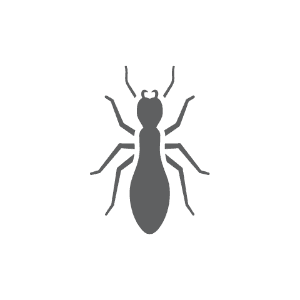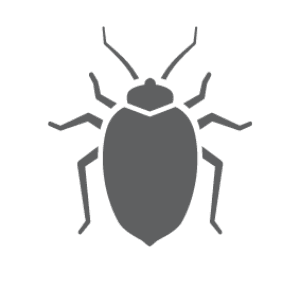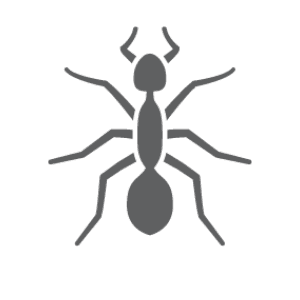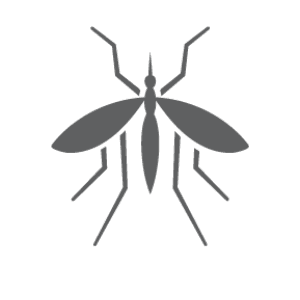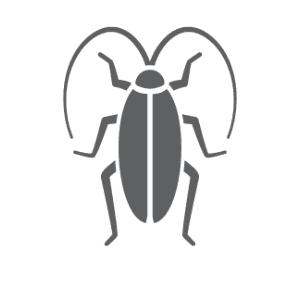Trey Hinton says, “It should be. We always got to take into consideration it’s probably not best for them not to be present while we’re doing the service especially depending on the materials that we’re using. We often recommend that they not be around while we’re doing the service. Let’s say it’s a German cockroach infestation, where we’d be treating for quite a while. It’s best that people just leave for a while, for several hours, maybe three to four hours, let us do the treatment. We’re going to be using liquids that once dried, they should not bother anybody, of course, we’re treating cracks and crevices. And that’s one thing that using the baits and some of the new liquids that we use, but we’re not spraying cabinets down like we used to, and we should be directing the treatments because cockroaches, especially the German cockroaches are thigmotactic, meaning they like tight cracks and crevices something above them and something below them, touching them so they feel protected.
And so if those cracks and crevices, we really like to apply the liquid insecticide. Not the floors, not the countertops, to those cracks and crevices. And so when people come back, there should be little exposure. You shouldn’t be touching a surface that’s been treated with pesticides. You really should be limited to those areas where the cockroaches are going to be hiding, not to the exposed surfaces.
Now with the fogging treatment that sometimes people refer to, there’s probably going to be a cleaning process that countertop services would need to be cleaned up, floors may need to be mopped, utensils and food, stuff has to be put away, things like that. So that’s one of the older ways of doing it and more and more of these days, we’re going to where we’re doing crack and crevice treatments, treating those cracks and crevices as opposed to a general broadcast treatment to all the surfaces.
When I started back in 1997, it was typical to have homeowners pull all their food and dishes out of the cabinets and put them on the table and cover them up. And then we’d come in there with a pan of liquid pesticide and spray the cabinet. That was a very common method of treatment back in the eighties and the nineties and before that. So now it’s typically in a small bait applications to the cabinet, some crack and crevice treatments with some liquids insecticides, but especially for low or moderate infestations, those baits and those liquids can be very effective and there’s less exposure. There’s less chance of expose to the pets and children.”
More answers about cockroaches →

